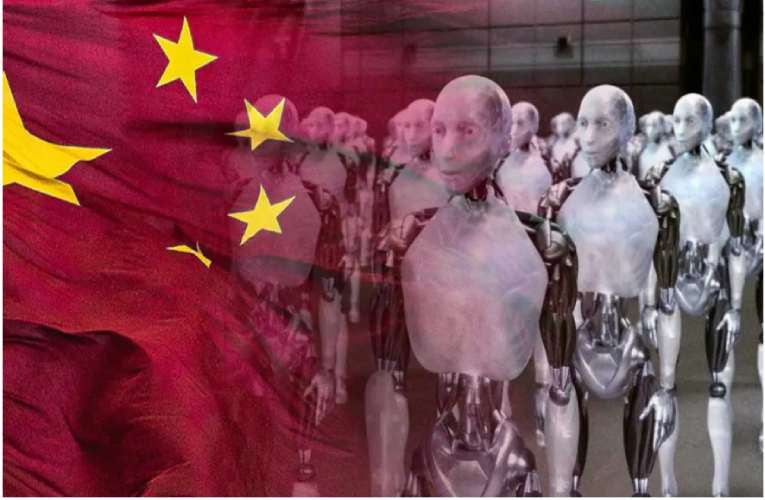
Back in 2021, China deployed just under half of heavy-duty industrial robots, fortifying the country’s stature as the leading manufacturer of robots internationally
A latest report of The Wall Street Journal has now revealed that the communist party backed China deployed an end number of robots in all its factories the past year compared to other parts of the world. The report claimed that the purpose behind this push is to speed-up its automation and sturdy manufacturing dominance even as its workforce is reducing to a large extent. Back in 2021, the overall volume of the shipments of industrial robots escalated to 45 percent, which is around more than 2,43,000 according to the data published by International Federation of Robotics.
Back in 2021, China deployed just under half of heavy-duty industrial robots, fortifying the country’s stature as the leading manufacturer of robots internationally, claims IFR. The country installed twice as many robots as did by the industries all through Europe and the US. The reason behind China’s swift automation is ist engagement with affluent peers. Claimed to be the globe’s second largest economy, the country is just behind the US and the manufacturing giants such as South Korea, Japan, and Germany in terms of production of robots.
The meteoric automation also highlights the country’s requirement of fast adaptation because of the escalating wage price and deteriorating low-priced workers. By deploying more robots, China will have the ability to fill up the gap in the labor market and also reduce the costs, thereby crafting smaller benefits for the global companies of the west to move its production to other emerging markets or in their home soil. The Conference Board survey states that output an hour worked in China in 2021 was a quarter of the average of the Group of Seven advanced economies and a fifth of the level in the U.S., mentioned exclusively by The Wall Street Journal.
According to some economists, in the past few years, the productivity growth rate of China also decreased considerably. After increasing at a 9 percent yearly pace on average between 2000 and 2010, an hourly basis yield in the country augmented to 7.4 percent a year in the subsequent decade. In fact, the survey of the UN mentioned that amid the mounting tensions with the US and the increasing reliance of the western countries on the Chinese manufacturing items, the latter accounts for 29 percent of the international manufacturing.
The point to be noted is that a vast number of youths are eschewing factory work and joining other flexible jobs in the country that is aso ending the internal migration. According to the International Labor Organization, back in 2021, more than 147 million people were employed in China. The survey report of IFR showcases that industrial-robot installations worldwide rose 27 percent in 2021 from 2020, to 486,800. Growth in shipments in 2020 was little changed compared with the the preceding year as the COVID-19 hampered millions of investments.

